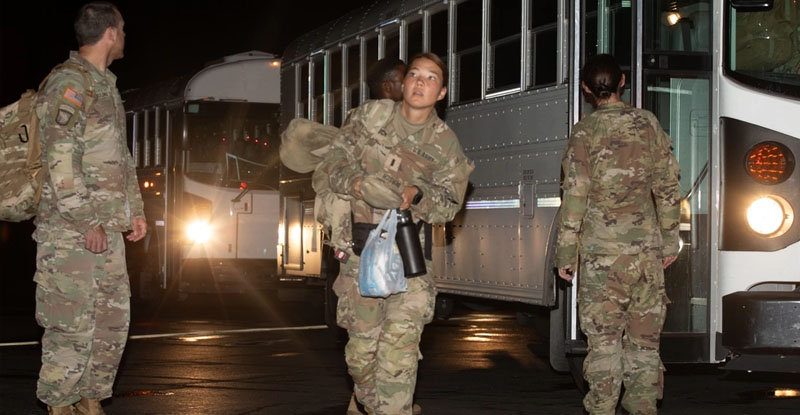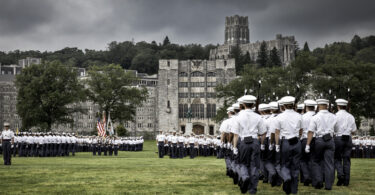By Micaela Burrow, The Daily Caller News Foundation
President Joe Biden’s order authorizing reserve troops to “augment” American defense commitments in Europe may expose a lack of active-duty troops to fill highly specialized roles, experts and servicemembers speculated.
Biden approved up to 3,000 reserve troops to support U.S. European Command (EUCOM) and NATO as a contingency measure, Department of Defense (DOD) officials explained Thursday, but did not say what triggered the decision or provide specifics on where the units would go.
Most likely, the units that may be called up will rotate out with certain military occupations that are harder to fill, people with military knowledge suggested, but experts worried whether the move indicated a worsening manpower crisis.
The Army missed its recruiting goals by 25% in 2022 while the other services barely skirted by, and prospects for meeting goals in 2023 are dim.
At the same time, the U.S. sent tens of thousands of additional active-duty troops to Europe after Russia invaded Ukraine, bringing the total commitment to more than 100,000 troops as reserve and National Guard deployments stabilized or decreased, according to Army Times.
Maintaining a greater force posture in Europe could strain Army brigade combat teams the longer it goes on, Army Times reported.
For example, soldiers manning Patriot batteries at an extended capacity due to the war in Ukraine are feeling the burden of deployment, they told The Washington Post in January.
“[The] numbers are not big, but I wonder if we would have had to call up the reserves if we were meeting our recruiting goals,” Jerry Hendrix, a retired Navy captain and senior fellow at the Sagamore Institute, said on social media.
“It is deeply concerning that the Administration keeps increasing U.S. force levels in Europe. If anything, Russia’s dismal performance & severe losses in Ukraine should make it easier to reduce U.S. troop levels in Europe, not least so we can focus more on deterring China in Asia,” wrote Alex Valez-Green, a senior adviser at the conservative Heritage Foundation.
However, the order does not actually increase the allowed number of troops serving in Europe.
Instead, it authorizes DOD to temporarily transition troops from the Selected Reserve or Individual Ready Reserve (IRR) to rotate out of existing billets needed to fulfill the U.S. commitment to Operation Atlantic Resolve, the official name for the U.S. military activities conducted in Europe in response to Russia’s 2014 initial incursion into Ukraine.
The order doesn’t guarantee members of the IRR will be called up, but allows for up to 450 of the total contingency force to support U.S. commitments to Europe.
“These are not additional forces; these are forces that will augment what we already have there. So as an example, over time, where we may have had someone from an active-component organization doing something, that job now under these authorities may be something that a reserve component unit may be able to do,” Lt. Gen. Douglas Sims, Director of Operations for the Joint Staff, said at a press briefing Thursday.
Sims said he did not have information about specific units that may be deployed. “It will really depend on what’s required from the commander,” Sims added.
Still, it remains unclear what specific circumstances prompted the order.
“We don’t make these decisions in the dark and stay a democracy. [The president] owes every citizen, every reservist and every member of the Article 1 branch a rational threat assessment to explain this,” John Byrnes wrote.
On Tuesday, NATO revealed plans to build up 300,000 troops at “high readiness,” up from 40,000 currently.
“It now looks like Washington is stretching itself to accommodate, calling up reserves to meet a massive goal of 300,000 NATO troops ready to fight on the continent,” the Quincy Institute’s Kelley Beaucar Vlahos wrote.
Caption on above DVIDS photo: “Soldiers from the 2nd Armored Brigade Combat Team, 1st Armored Division load on to a plane to deploy in the early morning hours in El Paso, Texas on July 11, 2023. With their gear in tow and spirits high, these brave soldiers embark on a mission that symbolizes the enduring strength of the NATO alliance, as they support the United States’ commitment to Operation Atlantic Resolve to bolster security and stability in the region.”









Leave a Comment